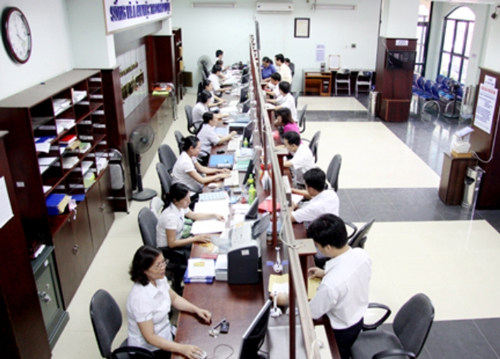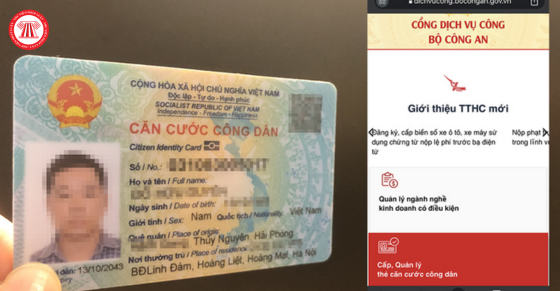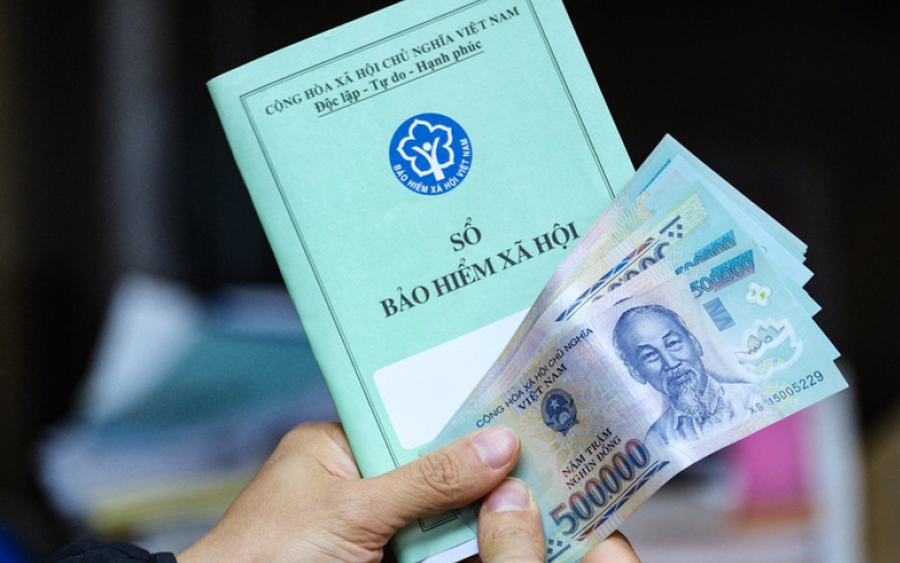Hanoi-Vietnam: 5 steps for appointing managerial public employees to work until they reach retirement age
This is highlighted content in Decree 115/2020/ND-CP issued by the Government of Vietnam on September 25, 2020 on the recruitment, employment, and management of public employees.

Vietnam: 5 steps for appointing managerial public employees to work until they reach retirement age (Illustrative image)
Specifically, Article 46 of Decree 115/2020/ND-CP prescribes the procedures for appointing managerial public employees to work until they reach retirement age as follows:
Step 1: Based on the appointment policy, unit's task requirements, and human resources in the planning, the leadership collectively discusses and proposes structure, standards, conditions, and the process of introducing personnel.
- Composition: The head, deputy head of the public service provider, and the head of the department advising on organizational personnel.
- The discussion and proposal result is recorded in minutes.
Step 2: The extended leadership collectively discusses and agrees on the structure, standards, conditions, the process of introducing personnel, and conducts personnel introduction by secret ballot.
- Composition: The head, deputy head of the public service provider; a standing committee of the same level party committee; heads of sub-units and affiliated units. The meeting must have at least 2/3 of the summoned people present.
- Principles of introduction and selection: Each member introduces one person for a position; the person who gets the highest number of votes, with a ratio above 50% of the total summoned people, is selected. If no one gets above 50%, the top two people with the highest votes will be introduced in the next steps.
- The personnel introduction ballot issued by the organizing committee of the meeting is stamped with the unit's seal. The balloting result is recorded in minutes and not announced at this meeting.
Step 3: The leadership collectively, based on the structure, standards, conditions, task requirements, and the personnel's capability, proceeds to discuss and introduce personnel by secret ballot based on the result of Step 2.
- Composition: As stipulated in Step 1.
- Principles of introduction and selection: Each leadership member introduces one person for a position among those introduced in Step 2 or another person who meets the standards and conditions; the person with the highest number of votes, above 50% of the total leadership members, is selected. If no one gets over 50%, the top two people with the highest votes will be voted on later at the key staff meeting.
- The personnel introduction ballot issued by the organizing committee of the meeting is stamped with the unit's seal. The balloting result is recorded in minutes and announced at this meeting.
- If the collective leadership's introduction result differs from the Step 2 introduction result, a report and explanation are sent to the authority for consideration and guidance before proceeding.
- The balloting result is recorded in minutes and filed in the appointment dossier.
Step 4: Organize to collect key staff's opinions on the personnel introduced by the collective leadership in Step 3 by secret ballot.
- Composition: Head, deputy head of the public service provider; party committee, heads of political-social organizations in the public service provider; heads, deputy heads of specialized and affiliated departments. For units with fewer than 30 employees or without constituent organizations, all permanent public employees and regular employees in the unit will participate. The meeting must have at least 2/3 of the summoned people present.
- Opinion collection procedure:
- Exchange and discuss the structure, standards, conditions, task requirements, and personnel capability.
- Announce the personnel list introduced by the collective leadership (at Step 3); summary of resumes, study and work history; comments, evaluations of strengths and weaknesses, development prospects; and proposed job assignment.
- Record votes of confidence (may be signed or unsigned). The confidence ballot issued by the organizing committee of the meeting is stamped with the unit's seal. The balloting result is recorded in minutes and not announced at this meeting.
Step 5: The leadership collectively discusses and votes on the personnel.
- Composition: As stipulated in Step 1.
- Implementation process: Analyze the vote results from meetings; verify and conclude on arising issues (if any); collect written opinions from the party committee standing committee or the party committee of the unit (where there is no standing committee) on the proposed personnel for appointment; the leadership collectively discusses, comments, evaluates, and votes on personnel by secret ballot.
- Selection principles: The person with the highest number of votes, above 50% of the total leadership members, is selected for appointment. If two people have equal votes (50%), select the personnel introduced by the head for appointment; report all differing opinions for the authority to review and decide.
- The personnel voting ballot issued by the organizing committee of the meeting is stamped with the unit's seal. The balloting result is recorded in minutes.
- The head of the public service provider issues the appointment decision or submits it to the competent authority for consideration and decision.
Detailed information may be found in Decree 115/2020/ND-CP, effective from September 29, 2020.
Le Vy
- Key word:
- managerial public employees
- Vietnam
- Cases of revocation of certificate of vehicle and license plate registration for motorized vehicles and heavy-duty vehicles in road traffic in Vietnam from January 1, 2025
- 08 Rights of Social insurance beneficiaries in Vietnam from July 1, 2025
- Ministry of Health's response to the petition regarding overload condition at central-level hospitals in Vietnam
- Regulations on Study Time for Primary School Students in Ho Chi Minh City for the 2024-2025 School Year
- State Policy on Road Traffic Order and Safety from 2025
- Regulations on the System of National Defense Industrial Bases
-

- Newest regulation on procedures for the issuance ...
- 15:00, 01/09/2024
-

- Cases of revocation of certificate of vehicle ...
- 14:00, 01/09/2024
-

- Cases of registration of security interests in ...
- 13:00, 01/09/2024
-

- 08 Rights of Social insurance beneficiaries in ...
- 12:00, 01/09/2024
-

- Procedures for provision of land-related information ...
- 11:01, 01/09/2024
-

- Newest regulation on procedures for the issuance ...
- 15:00, 01/09/2024
-

- Cases of revocation of certificate of vehicle ...
- 14:00, 01/09/2024
-

- Cases of registration of security interests in ...
- 13:00, 01/09/2024
-

- 08 Rights of Social insurance beneficiaries in ...
- 12:00, 01/09/2024
-

- Procedures for provision of land-related information ...
- 11:01, 01/09/2024
 Article table of contents
Article table of contents
